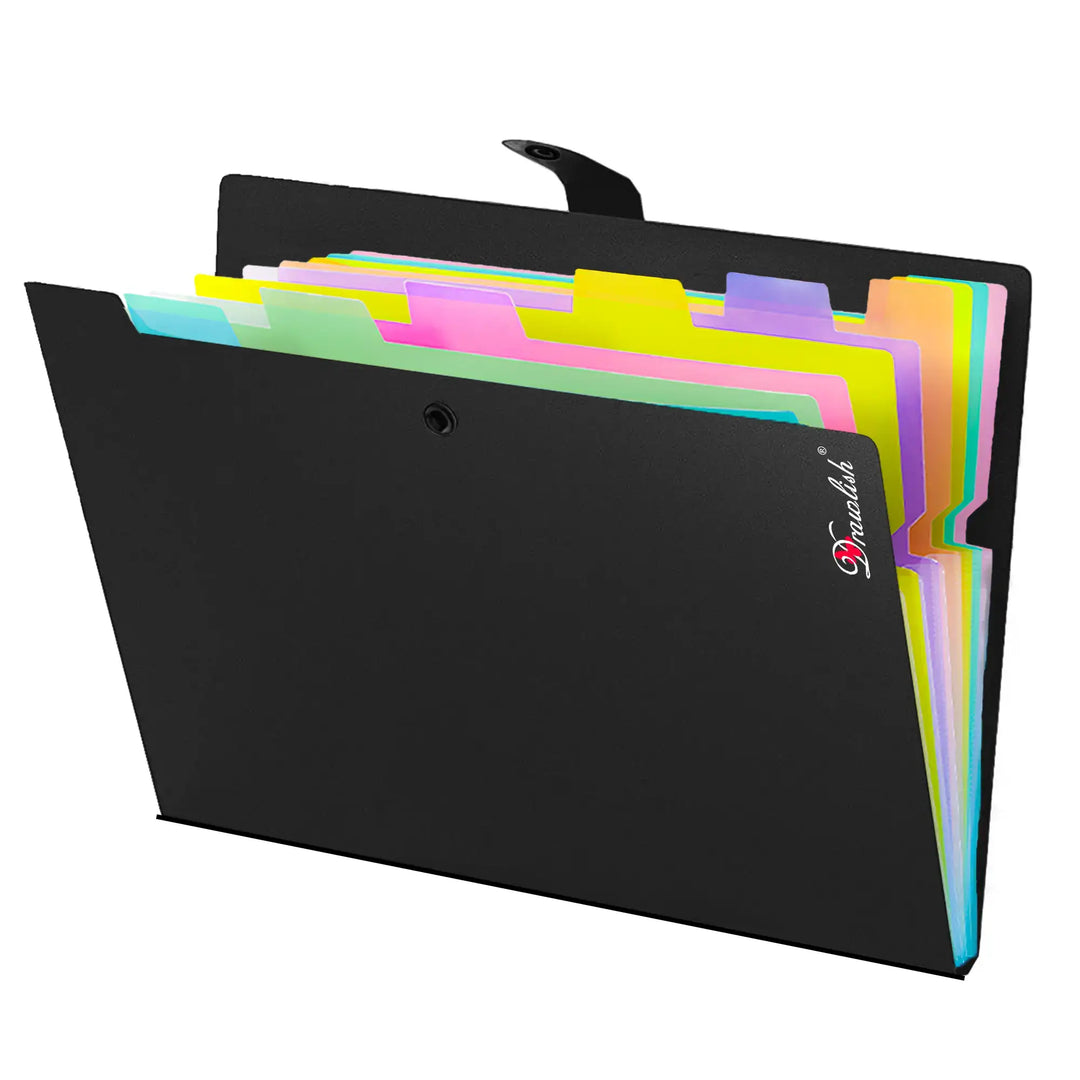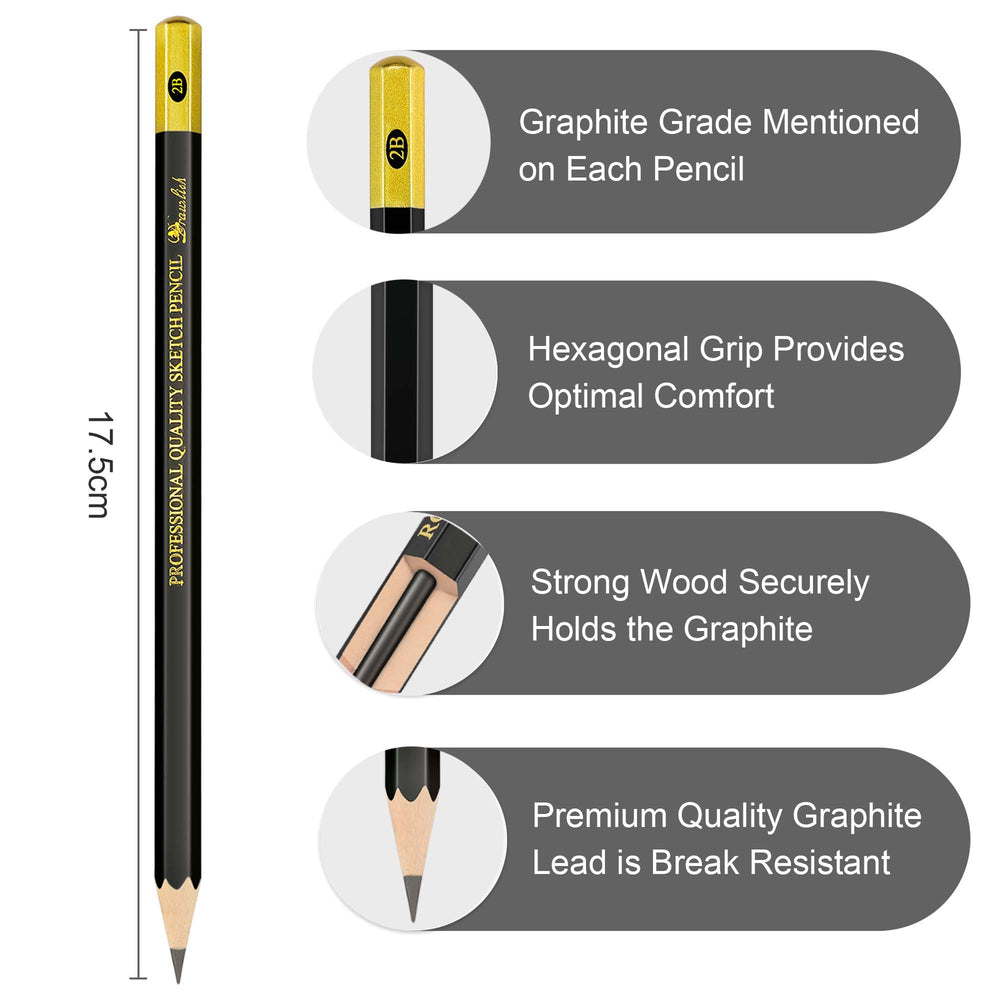How To Seal Acrylic Paint On Ceramic Plates
Are you ready to transform plain ceramic plates into stunning, personalized masterpieces? Whether you're crafting unique gifts, adding a personal touch to your dinnerware, or just exploring your artistic side, learn how to seal acrylic paint on ceramic plates to ensure your beautiful designs last. Dive into this fun, engaging guide to learn how to make your painted plates durable and dishwasher-safe!
Understanding the Basics
Before diving into the sealing process, it’s important to understand why sealing is necessary. Acrylic paint, while durable, is not inherently waterproof or food-safe when applied to ceramic surfaces. Sealing the paint not only protects it from chipping and fading but also makes your ceramic plate suitable for practical use.
Choosing the Right Paint
For the best results, start with high-quality acrylic paint like Drawlish. Known for its rich pigmentation and smooth application, Drawlish acrylic paint offers a wide range of colors to bring your vision to life. Ensure your paint is completely dry before proceeding to the sealing stage.

Preparation is Key:
- Clean the Plate: Ensure your ceramic plate is clean and free from any dust or grease.
- Apply the Paint: Use your Drawlish acrylic paint to create your desired design. Allow it to dry thoroughly.
Selecting a Sealant:
When it comes to sealants, you have a few options:
- Ceramic Glaze: For a glossy finish and added durability.
- Dishwasher-Safe Mod Podge: If you plan to wash your plate in the dishwasher.
- Acrylic Sealer Spray: For a quick and easy sealing process.
The Sealing Process:
- Even Application: Apply your chosen sealant in a well-ventilated area, using even strokes to cover the entire painted area.
- Drying Time: Follow the manufacturer’s instructions for drying times to ensure the best protection.
- Curing: Some sealants may require baking in an oven to cure, so be sure to read the instructions carefully.
Maintenance and Care:
Once sealed, your ceramic plate should be able to withstand gentle washing and everyday use. However, to maintain the integrity of your artwork:
- Hand Wash: Gentle hand washing is recommended over the dishwasher.
- Avoid Abrasives: Use soft cloths or sponges to clean the plate.
- Reapply Sealant: Over time, you may need to reapply the sealant to maintain its protective layer.

Benefits of Sealing Acrylic Paint on Ceramic Plates:
| Durability | Longevity |
Enhanced Appearance |
Protection Against Moisture and Stains
|
Easy Maintenance |
| Sealing protects the painted surface from scratches, fading, and general wear. | Properly sealed acrylic paint ensures your artwork remains vibrant and intact over time. |
Sealants can add a glossy or matte finish, enhancing the visual appeal of your ceramic plates. |
Sealing creates a barrier that prevents moisture, oils, and food stains from penetrating the paint layer. | Sealed surfaces are easier to clean. Wipe them with a damp cloth or mild soap without worrying about damaging the paint. |
| Ceramic plates with sealed acrylic paint can withstand regular use, cleaning, and handling. | It prevents color degradation due to exposure to light and environmental factors. |
The sealed surface looks professional and polished. |
This is especially important if you plan to use the plates for serving food. |
Pros of Sealing Acrylic Paint on Ceramic Plates:
| Versatility | Cost-Effective | DIY Friendly | Customization |
| Acrylic paint adheres well to ceramics, allowing you to create intricate designs. | Acrylic paint and sealants are affordable compared to other art mediums. | Sealing acrylic paint on ceramic plates is a beginner-friendly project. | Express your creativity by designing unique patterns, landscapes, or abstract art. |
| You can use various techniques, such as layering, blending, and stenciling. | You can transform plain ceramic plates into personalized masterpieces inexpensively. | You don’t need specialized equipment or extensive artistic skills. | Personalized plates make excellent gifts or home decor. |
Cons of Sealing Acrylic Paint on Ceramic Plates:
| Limited Heat Resistance | Surface Preparation Challenges | Potential Yellowing | Not Suitable for High-Friction Areas |
| Acrylic paint and sealants are not heat-resistant. | Properly preparing the ceramic surface is crucial. | Over time, some sealants may yellow slightly, affecting the appearance. | If you plan to use the plates for cutting or heavy-duty purposes, sealing may not provide sufficient protection. |
| Avoid placing sealed plates in the oven, microwave, or dishwasher. | Inadequate preparation can lead to poor adhesion and chipping. | Choose high-quality, non-yellowing sealants to minimize this issue. | Consider alternative methods (such as kiln firing) for functional ceramic pieces. |
Sealing acrylic paint on ceramic plates is an essential step in preserving your artwork. With the right materials, and a careful sealing process, you can enjoy your custom plates for years to come.
By following these steps, you can confidently seal your acrylic paint on ceramic plates, ensuring that your designs are both beautiful and durable. Whether you’re setting the table for a special occasion or displaying your plates as art, the right sealant will keep your creations looking their best.

A. Acrylic paint can adhere to ceramic plates, especially if they are unglazed. However, to ensure longevity, it's crucial to seal the paint properly.
Q. How to paint on plates and make it permanent?
A. To make acrylic paint permanent on ceramic plates, you should bake the painted plate in an oven or use a sealant like a water-based polyurethane varnish, clear acrylic coat, or mod podge.
Q. Will acrylic paint wash off a plate?
Q. How do you seal acrylic paint on a glass plate?
A. To seal acrylic paint on glass, you can apply a glass paint sealer or bake the painted glass in the oven to set the paint.
A. Yes, you can apply a clear glaze over acrylic paint to protect and enhance the painting's appearance. It's important to choose a glaze that is compatible with acrylic paint.
Q. How do you clear coat an acrylic painting?
A. To clear coat an acrylic painting, ensure the paint is dry, then apply a clear coat like a varnish or gloss medium. You can use a brush or spray to apply the coat evenly.
Q. Is acrylic paint safe on plates?
A. Acrylic paint is not inherently food-safe and is not recommended for surfaces that will come into contact with food. However, Drawlish acrylic paint is non-toxic, making it a safer option for decorative purposes. Remember, even non-toxic paints should not be used on areas of plates that come into direct contact with food.
For best results, always use high-quality art supplies like those from Drawlish, which offer non-toxic acrylic paint suitable for a variety of creative projects. Remember to follow all safety guidelines and product instructions to ensure the best outcome for your artwork.







Ich möchte eine keramikskulptur mit Acryl Farben bemalen und versiegeln. Es muss witterungsbeständig sein, da die Skulptur im Freien steht. Wo kann ich Ihre Produkte kaufen?
Leave a comment